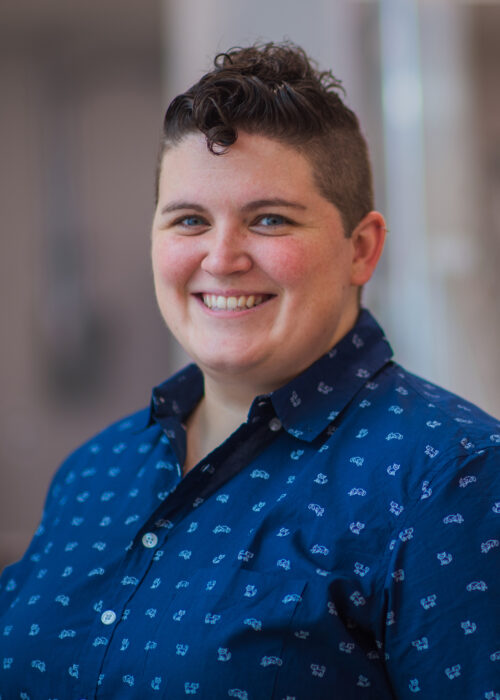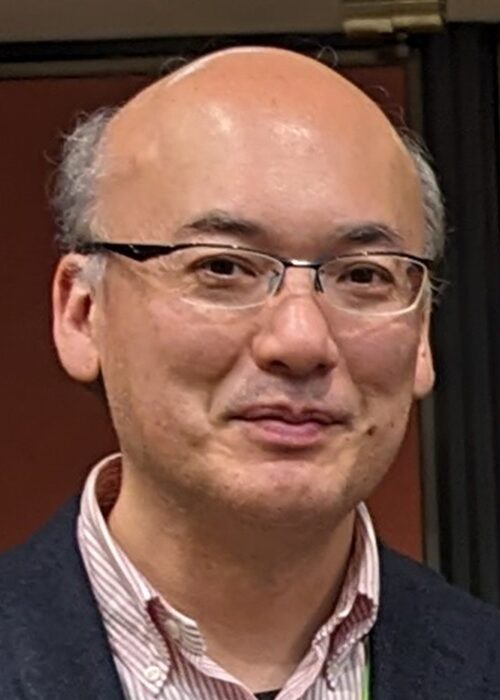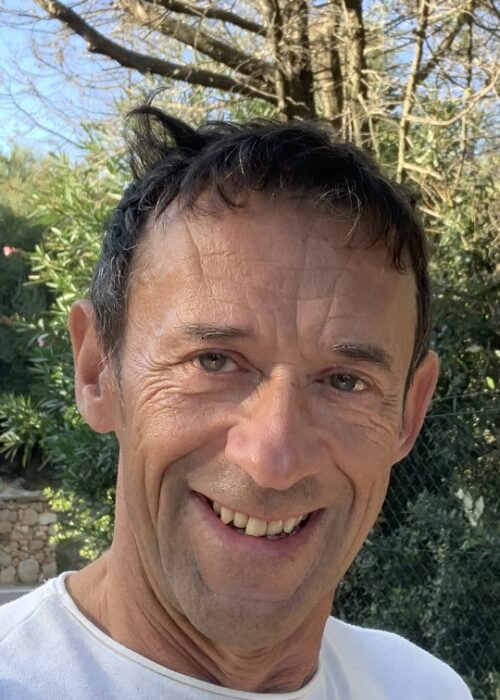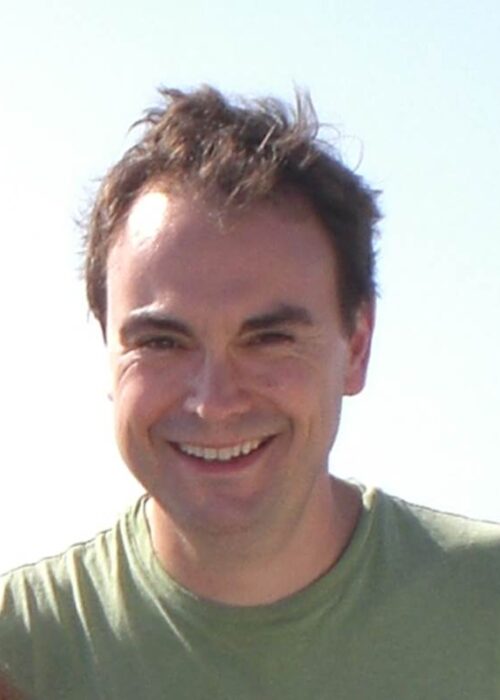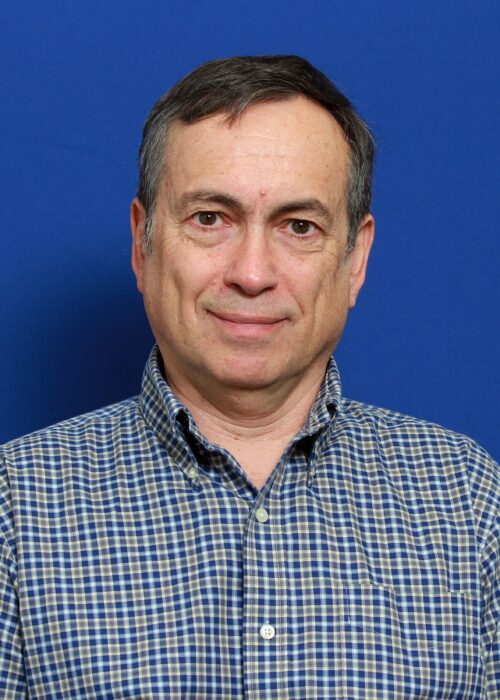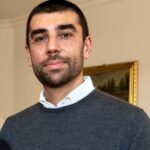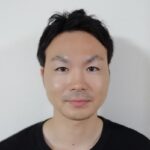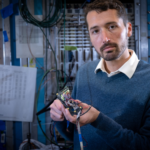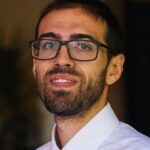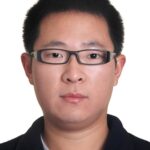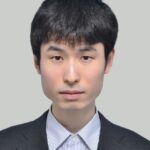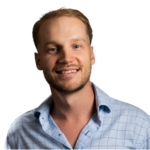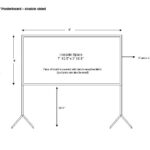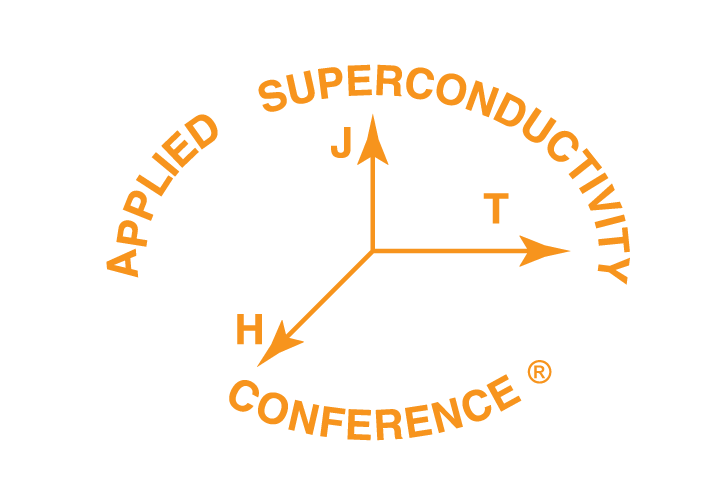Session Moderator Instructions & Conference Duties
General Information
- All sessions will have two Session Moderators.
- On average, sessions will have about 8 presentations.
- There are three types of sessions. They are: plenary sessions, regular oral sessions, and poster sessions.
- Session Moderators are not required to submit reviewer nominations for manuscript submissions/peer review, however, you are welcome to make suggestions of reviewers if you are inclined to be of help to the Technical Editors.
- Session Moderators must complete the Session Moderator Report and return it to the Speaker Preparation/Ready Room.
- If a scheduled presentation has no-show presenters and the presentation has to be canceled (e.g. was not given), the corresponding manuscript, if submitted, will not be considered for peer review and published in the ASC 2024 special edition of the IEEE Transactions on Applied Superconductivity (TAS). The authors will be referred to submit to the regular issue of the TAS.
- NEW THIS YEAR: ELEVATE is introducing a new program to allow students to apply to shadow an oral session moderator. The graduate students in this program have familiarity with oral session moderating but would like to observe some of the techniques an experienced moderator might use to keep a session on time or manage Q&A after a talk. We are hoping that the confirmed moderators of sessions in which a student has been assigned agree to work with the student, arriving a few minutes early to discuss the session expectations, and potentially giving the student some responsibility during the session. We are expecting 40 students to be assigned to sessions related to their interests, if the session you are assigned to moderate has been assigned a student, you will be informed beforehand (no later than 2 weeks before the start of the conference) and rewarded with a small token of our appreciation for your efforts.
The instructions below outline your responsibilities for moderating an oral or a poster session.
Session Moderators for ORAL SESSIONS have several responsibilities.
- Session rooms setup: Speaker stage with podium and microphone, wireless handheld microphone (for Q&A), laptop computer (with pre-loaded presentations), laser pointer, timer.
- Virtual or hybrid format for presentations is not supported.
Prior to the session start:
- Please go to the Speaker Preparation/Ready Room prior to the session to check whether all presentations have been submitted.
- Please go to the Speaker Preparation/Ready Room to pick up your Session Moderator Report(s) which you are asked to complete after your session and return to the Speaker Preparation Room.
- Take 5 – 10 minutes prior to the session to familiarize yourself with lighting controls, computer, laser pointer, slide controls, microphones, and the general layout of the room (viewing angles, doors, noise, etc.).
- Make sure to pronounce speaker names correctly; introduce yourself prior to the session start.
- If there are any issues, please advise the conference staff.
- Take a roll-call of all speakers.
- PowerPoint tip: F5 will start the presentation, ESC exits.
- Acrobat tip: Ctrl – L will enter full-screen mode, ESC exits.
Beginning of and during sessions:
- Make sure to start and end the session on time.
- Announce the title of the session.
- Introduce yourselves and explain the ground rules:
- Invited orals at 30 minutes = 25 min (warn at 23) + 5 min for questions.
- Invited orals at 20 minutes = 17 min (warn at 15) + 3 min for questions.
- Contributed oral = 12 min (warn at 10) + 3 min for questions.
- You should introduce the presenting author and the title of each presentation.
- Be polite but firm when enforcing the presentation times: Stand, ask the speaker to conclude. Keep control of the session time!
- At your discretion, talks may encroach into question time, but then you should defer questions to private discussions.
- Ask your own questions to encourage participation in Q&A from all speakers.
- Every presentation must be exactly as scheduled. If a speaker does not show on time for his/her presentation, the next speaker shall not begin the presentation until the scheduled time. Moderators may fill the time before the next presentation starts by allowing more questions or initiating discussion on the subject of the session.
- Monitor noise, audience, etc.
- The two chairs can alternate this task.
- Complete and return the Session Moderator Report to the Speaker Preparation/Ready Room. Check off presentations as they are given. Also estimate the audience size. This information must be returned to the Speaker Preparation/Ready Room.
- PLEASE! Do not let anyone walk away with the laser pointer!
POSTER SESSIONS do not require introduction of the authors or of the presentations.
- Please go to the Speaker Preparation/Ready Room to pick up your Session Moderator Report(s) and return the completed report to the Speaker Preparation/Ready Room after your session.
- Session Moderators are asked to record any posters that were not presented. One of the authors must be present at most, if not all, times with the poster presentation.
- Important: Walk the session multiple times. Note that in some cases, an author may need to attend to more than one poster, and thus might not be present during your first survey, so you may have to return later. Poster presenters will be instructed by Conference Management to leave a note on their posters to say when they will return. Feel free to remind the attendees of this request.
- Posters that have been mounted but do not have an attendant, or posters that are missing entirely, must be recorded on the Session Moderator Report.
